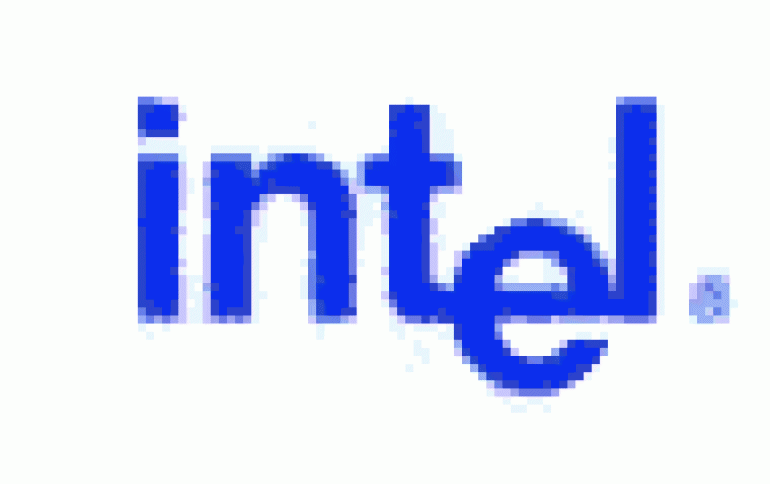
Intel sheds light on future chip technology
Intel has reached another milestone on the path to developing a new chip manufacturing technology that will keep its factories humming well into the future.
The chipmaker plans to reveal on Monday that it has installed the first commercial extreme ultraviolet light photolithography tool in a development facility on its Hillsboro, Ore., campus.
Intel will use the EUV lithography tool--which "draws" lines on silicon wafers that eventually become metal circuits--to help refine a new manufacturing process that it expects to adopt during 2009.
A lithography tool is an expensive and complex piece of machinery, with some tools costing more than $15 million. The job it performs is similar to that of a slide projector. Using a light source, a series of lenses and mirrors, and a device called a "photomask," it imprints an image of the chip's circuitry on a silicon wafer. Materials are then deposited and/or carved out, according to the map left there. The lines are said to be drawn, but they are actually developed through chemical reactions, in the same way that light forms images on photo negatives.
Current lithography tools use lenses and filters to create lines on the scale of a nanometer, or a billionth of a meter. Lenses, however, are not always able to accurately project lines of under a certain length and width. EUV improves on the formula by replacing lenses with precision mirrors.
EUV lithography tools also rely on ultraviolet light, which has a relatively short wavelength of 13.5 nanometers, to print smaller circuits. Right now, Intel's factories are using lithography tools that use 193-nanometer light sources to draw features as small as 50 nanometers.
"First and foremost, (EUV) extends Intel's lithography road map, which is key to continuing scaling and continuing Moore's Law," said Ken David, the director of components research for Intel's Technology and Manufacturing Group.
Moore's Law--which states that the number of transistors on a given chip can be doubled every two years--has been the guiding principle of progress in chip manufacturing since Intel co-founder Gordon Moore first proposed it in 1965.
Still, regular lithography will be used as the standard in the industry until 2009. EUV lithography will come into play when Intel starts to make chips with an average feature size of 32 nanometers. The average feature size on current cutting-edge chips is 90 nanometers.
The installation of the first EUV lithography tool shows the technology is beginning to move out of the laboratory. However, Intel believes it will still take several years of work for EUV to work its way into the chip manufacturing mainstream.
The chipmaker has been working on the technology for several years and is part of the EUV LLC, a research body that supports the technology. It has been working with several other companies that manufacture components for lithography tools. For example, it has pledged to invest $20 million in Cymer, a company that makes light sources, to help it accelerate development of light sources for EUV lithography.
Although it got in on EUV early, Intel probably won't be the only chipmaker to use the technology. Others, including Advanced Micro Devices, IBM, Infineon, Micron Technologies and Motorola, have joined the EUV LLC.
From NEWS.com





















